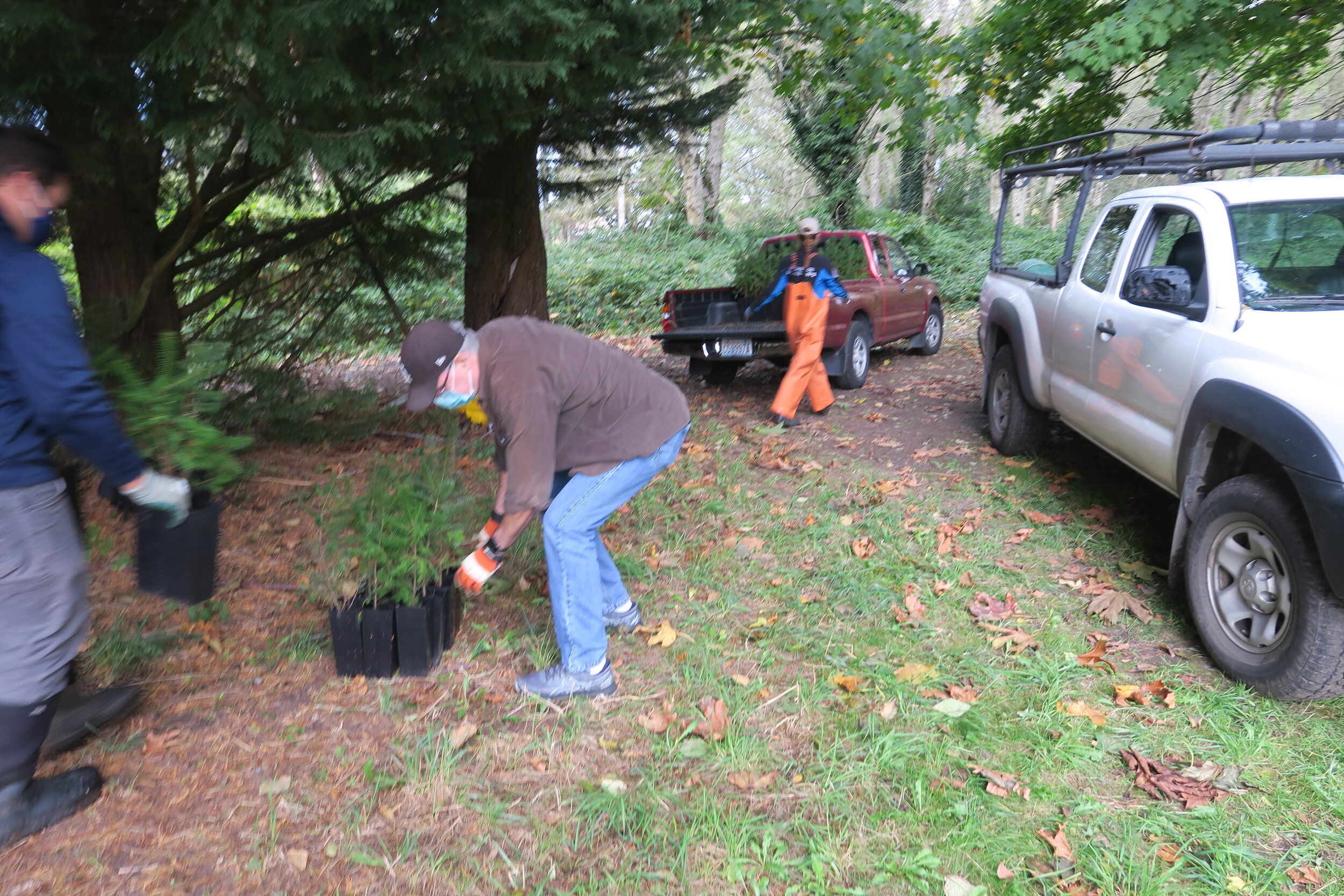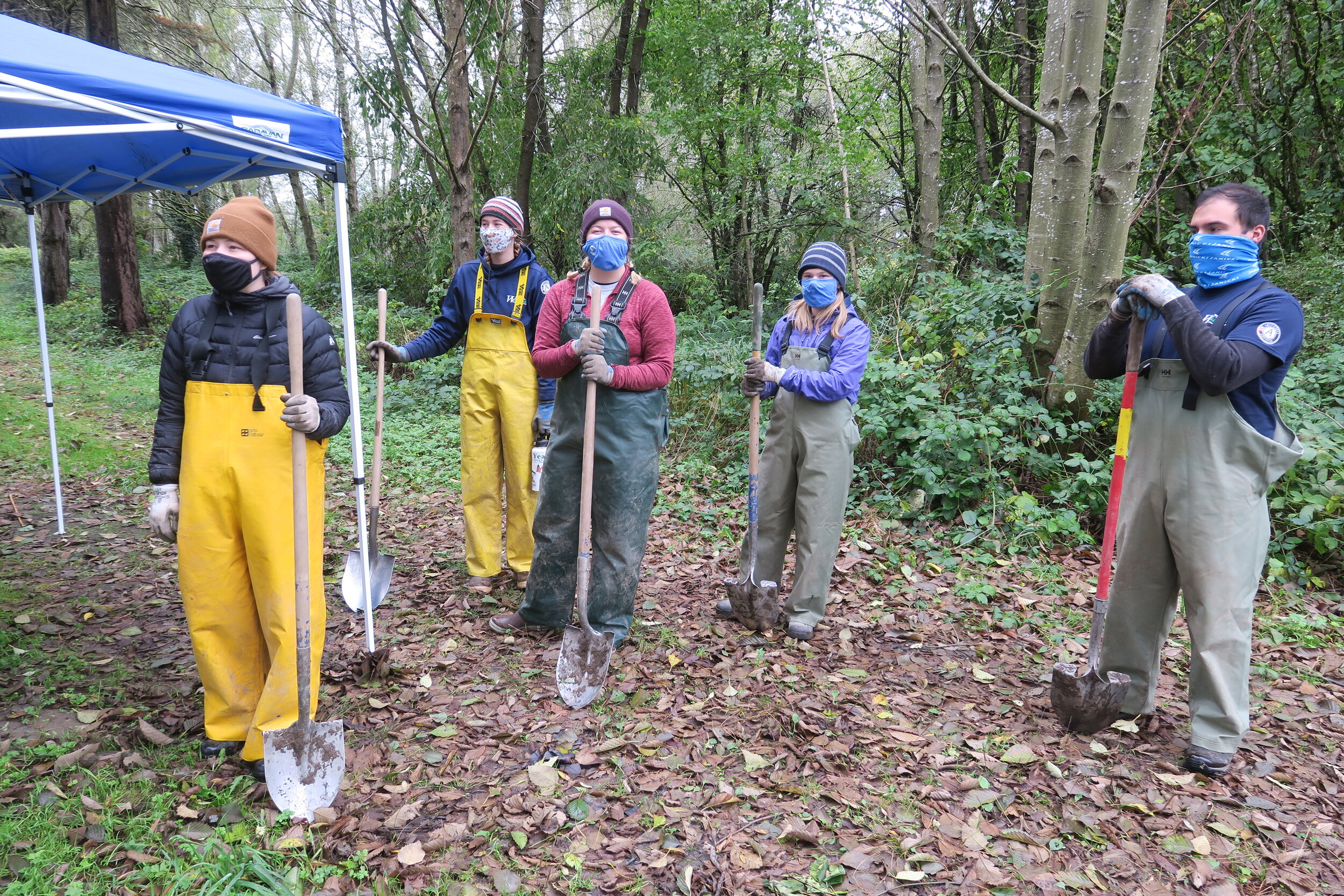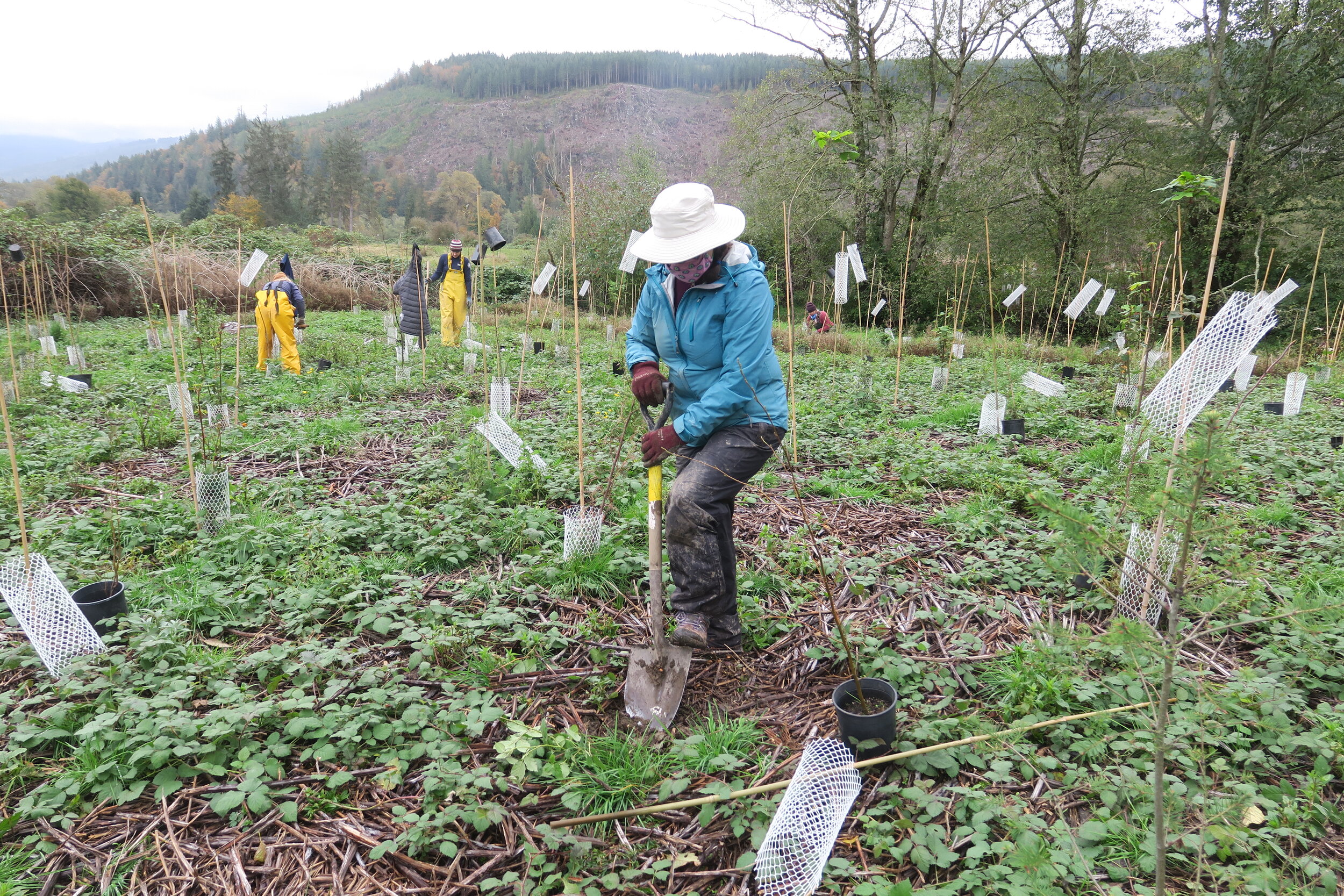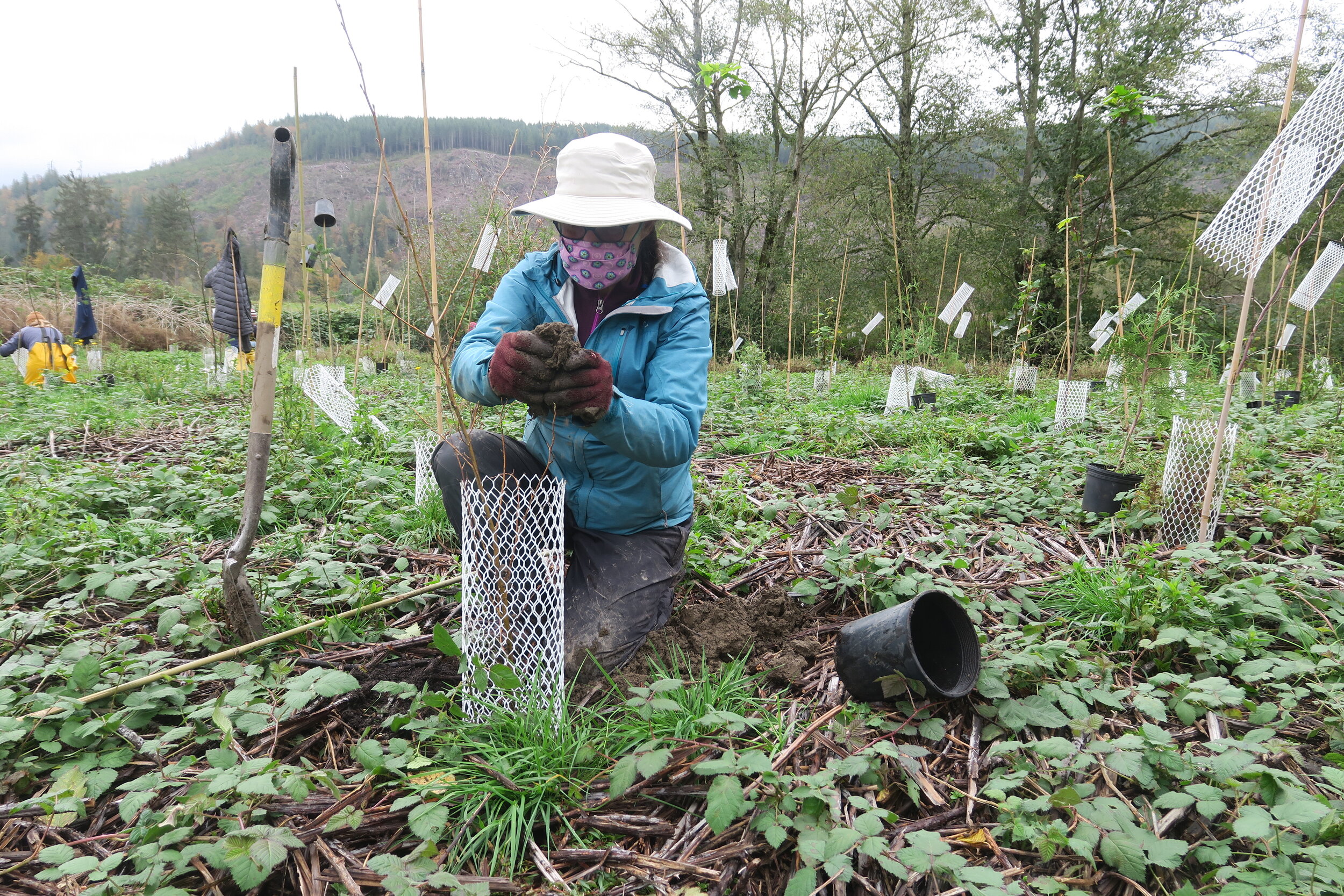2020 Micro-Nursery Project
WORK PLAN: Generation 1.0 Micro-Nursery Project
SUMMARY: This cohort of seedling plantings was kicked off on April 18, 2020 with 23 Micro-Nurseries planted beginning that day. This was originally planned for mid March, but that was right at the beginning of the COVID-19 statewide shutdown, and the initial plan had to be revised to eliminate close contact between participants. This is Grow It Forward’s first ever attempt to implement the Micro-Nursery concept! We are inventing and learning as we go. Below is our work plan, and where we are so far.
COMPLETED TASKS:
1.0 Contact Habitat Restoration organizations and get commitments from them to use some of our plants. COMPLETED, Habitat Restoration organizations SFEG and FORTERA will use Grow it Forward seedlings!
2.0 Discuss what kind of plants are desired with partnering Habitat Restoration organizations. COMPLETED, Tree species include: Douglas Fir, Western Red Cedar, Western Hemlock, Sitka Spruce, Big Leaf Maple, plus several species of native shrubs.
3.0 Recruit Volunteers. COMPLETED (We began with about 30 people willing to host a Micro-Nursery, then the world was hit by the Corona Virus. The kickoff was delayed a month, some dropped out, but new volunteers later signed up.)
4.0 Contact commercial nurseries and determine available supplies of bare root seedlings COMPLETED, Silvaseed of Roy WA selected.
5.0 Purchase supply of new nursery pots. COMPLETED Stuewe & Sons of Tangent OR selected. I found that they had “1-gallon” pots that are different from the 6 inch diameter round pots most of us are used to. Instead, I bought “1-gallon” pots that were 4 inches by 4 inches square and 1o inches tall. After filling each pot with a new seedling, they fit tightly together with less wasted space than round pots, allowing a 100 plant Micro-Nursery to occupy an area only 40 inches by 40 inches!
6.0 Organize Kickoff to distribute pots, soil, plants. COMPLETED This got complicated! The first plan was to buy an 8 cubic yards dump truck load of topsoil from Pacific Topsoil in Seattle and have it delivered to the Washington Native Plant Society facility in Magnuson Park. Each volunteer Micro-Nursery volunteer would come and pick up their materials, with some soil delivery assistance if requested. This became impossible when the corona virus pandemic forced the State to shut down parks in March 2020. I re-designed the kickoff so a fleet of 5 intrepid pickup truck drivers went individually to Pacific Topsoil to be loaded by the facility’s front end loader. The trucks then picked up plants and pots at my house in N. Seattle, and delivered the materials to all 23 Micro-Nursery sites. This was completed in only 2 hours on April 18 with social distancing and facemasks in use.
TASKS NOT YET COMPLETED:
7.0 Volunteers care for their seedlings for 1-1/2 to 2-1/2 years. IN PROCESS/PARTIALLY COMPLETE
8.0 Organizers visit Micro-Nurseries, get stories from volunteers, learn lessons, take photos, share information. IN PROCESS
9.0 Begin shipping out finished seedlings to be planted when they become big enough, and when Habitat Restoration organizations request them for their site work! PARTIALLY COMPLETED
FIRST EVER GROW IT FORWARD SEEDLINGS PLANTED (see photos below)!!! On October 15, 2020 we delivered 200 Douglas Fir seedlings to a site in Sedro Wooley WA where the Skagit Fisheries Enhancement Group is establishing a new forest in Riverfront Park on the flood plain of the Skagit River. These seedlings had been older, and quite large when first planted, so they were ready to be planted out in only 6 months. Two Grow It Forward members went to Sedro Woolley on October 19 and planted several of the trees themselves.
1.
Micro-Nursery Volunteer Nathalie G. proudly shows her finished Douglas Fir seedlings as they are being collected for shipment to a restoration site for planting.
10.0 Work with partner Habitat Restoration organizations to determine where the completed seedlings will be delivered. IN PROCESS
11.0 Recruit pickup truck drivers to collect finished seedlings from each Micro-Nursery and deliver them to the Habitat Restoration sites when the sites are ready.
CELEBRATE!




